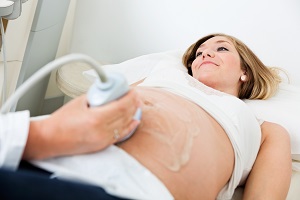The Professor Ronald Wapner team identified point mutations responsible for 7.7% of the most serious birth defects, as well as other mutations responsible for 17.9% of other anomalies. To do this he used a new type of sequencing the entire fetal genome, which is based on exome. The method has provided information impossible to obtain with only the analysis of karyotypes or with DNA microarray. This will refine the noninvasive prenatal screening techniques.
The exome makes up about 1.5% of the human genome and encodes proteins. It determines how the genes are expressed and can reveal traits related to gender or a recessive chromosomes, not identifiable with DNA microarray.
According to the researchers, you can hide here the causes of many fetal anomalies not yet identified. At the moment, in fact, the analysis of karyotypes allows to identify about 30% of the anomalies, while the DNA microarray can identify another about 7%. They are techniques that can help you identify many diseases and complications once impossible to find, but you can do better. The purpose of the study was to determine precisely the incremental value of sequencing the entire exome in sequential cases, unselected of fetal structural abnormalities.
The team of researchers examined the patients with symptoms of a fetal abnormality. For women who were still practicing prenatal diagnostic tests, the scientists used a sequencing of the entire exome, analysis of karyotypes or DNA microarray. For others, they have made use of umbilical cord blood. Where possible, they also sequenced DNA from mother and father, to pinpoint the source of any mutations. All this has allowed us to identify a number of pathogenic variants of which first it was suspected the importance, but for which there was no proof.
The sequencing of the exome can help identify phenotypes of de novo mutations, which appeared for the first time in one of the parents and then transmitted to the children. This kind of abnormalities often manifests itself only much later in childhood or even in adulthood. New prenatal diagnostic tests will help however not only to identify, but also to understand its nature and to reveal any unexpected effects. During pregnancy, it is important to monitor the development of the fetus. Prenatal screening tests such as fetal DNA tests are useful for the detection of chromosomal abnormalities.
Source: medscape.com
Add a comment





